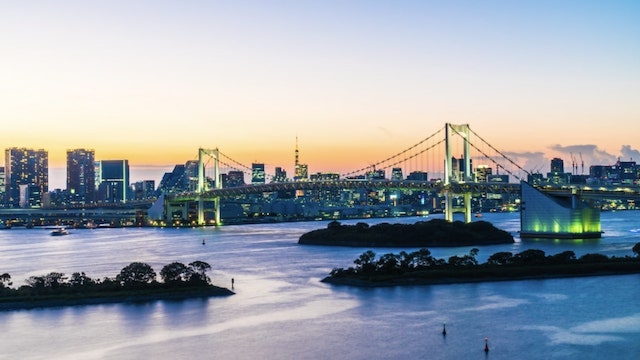TOKYO, Jan 24 (News On Japan) - Japan is facing an unprecedented rice shortage, with recent data highlighting alarming supply-demand imbalances in the domestic market. The Agricultural Newspaper reported on January 10 that the DI (Demand-Supply Index), a measure of rice market balance, reached a record high of 80. This figure indicates a critical shortfall in rice availability, surpassing even last year's levels when supermarket shelves were emptied.
The DI scale operates on a range from 0 to 100, with 50 representing a balanced market. An index of 80 reveals an alarming scarcity, higher than the DI of 78 recorded in May last year, a time when rice shortages were already a pressing issue. The situation is compounded by the fact that this figure reflects conditions as of December 2024, meaning the current rice stocks are likely even more depleted as the months progress.
Adding to the crisis is the mystery surrounding the rice supply chain. Reports suggest that rice stocks are unaccounted for, with some speculating that they may be hoarded by distributors or retained by farmers. Others suspect that last year’s harvest may not have been as abundant as initially estimated. The unclear whereabouts of these stocks further exacerbates consumer concerns.
This acute shortage has driven rice prices to unprecedented highs. The price DI index has soared to 92, nearing the maximum level of 100, signaling continued price surges over the next three months. Although this is projected to slightly ease to 76, the market remains under severe strain.
Agricultural Policies Under Fire
Critics attribute the current crisis to flaws in Japan’s agricultural policies, particularly the gentan policy, which has sought to regulate rice production for decades. Initially introduced to prevent overproduction and stabilize prices, this policy has inadvertently left the market vulnerable to sudden shortages and price spikes.
Under the gentan policy, farmers were incentivized to reduce rice cultivation to avoid market oversupply. While this strategy appeared effective in the short term, it failed to account for long-term sustainability. The policy also failed to establish robust measures to manage price volatility during times of scarcity. This lack of foresight has driven many rice farmers to abandon the industry, further exacerbating supply constraints.
The aging farming population presents another significant challenge. With the average age of Japanese farmers at 68, the country’s rice production capacity is steadily declining. The high production costs and insufficient returns have discouraged younger generations from entering the industry, threatening the long-term viability of domestic rice farming.
Rising Reliance on Imports
The ongoing rice shortage has also triggered a surge in rice imports, a development previously considered unlikely due to Japan’s high import tariffs designed to protect domestic agriculture. Despite these barriers, imported rice has sold out rapidly, reflecting the severity of the crisis. Furthermore, private companies, which historically avoided importing rice due to unprofitability, are now actively doing so to meet consumer demand.
However, relying on imported rice poses risks. Global rice prices have steadily risen over the past two decades, increasing nearly fivefold since 2005. As inflation continues to impact global markets, the cost of imported rice may soon rival or even exceed that of domestically produced rice, undermining the assumption that foreign imports will provide a cost-effective solution.
Outlook for Japan’s Rice Market
In the short term, the rice shortage is expected to persist until the next harvest in the fall. While increased production is planned to address current shortfalls, experts warn that overproduction could lead to a sharp decline in prices, discouraging farmers and potentially accelerating their exit from the industry.
In the long term, Japan’s reliance on imported rice may grow as domestic production continues to decline. To prevent the collapse of its rice industry, the government must reform agricultural policies, invest in modernizing farming practices, and support young farmers in entering the industry.
The current crisis serves as a stark reminder of the importance of sustainable agricultural practices and food security. Without decisive action, Japan’s rice shortage could become a recurring issue, threatening the livelihoods of farmers and the nation’s ability to sustain its staple crop.
Source: トモ農園















